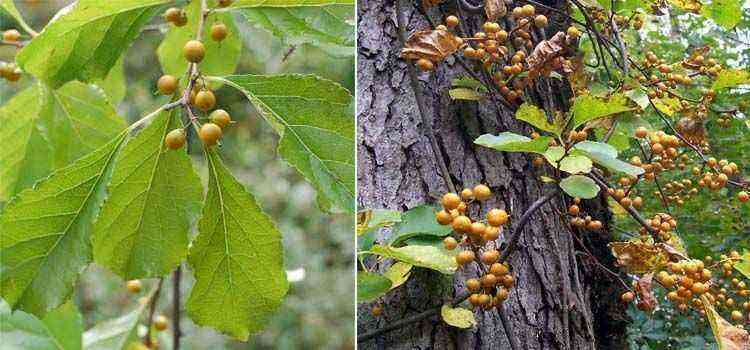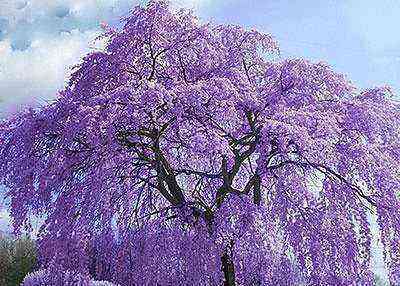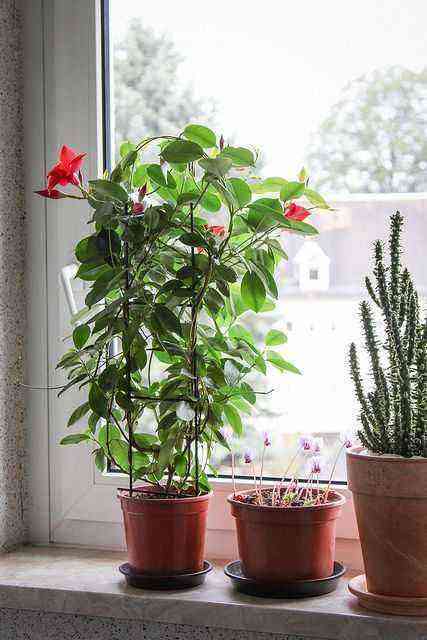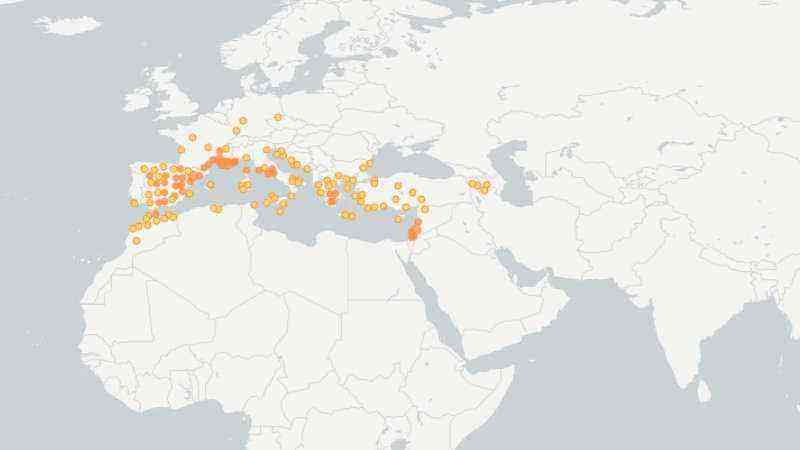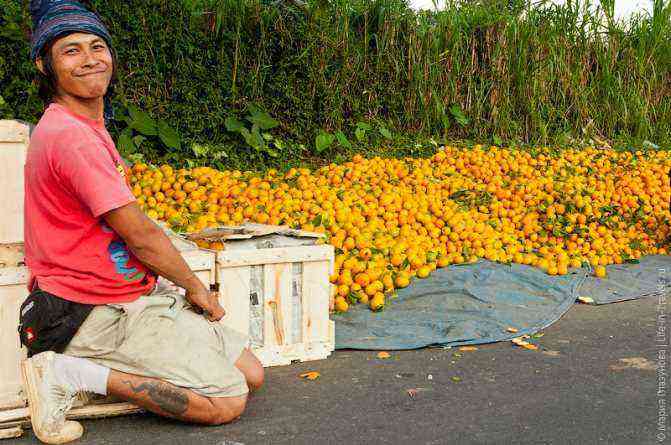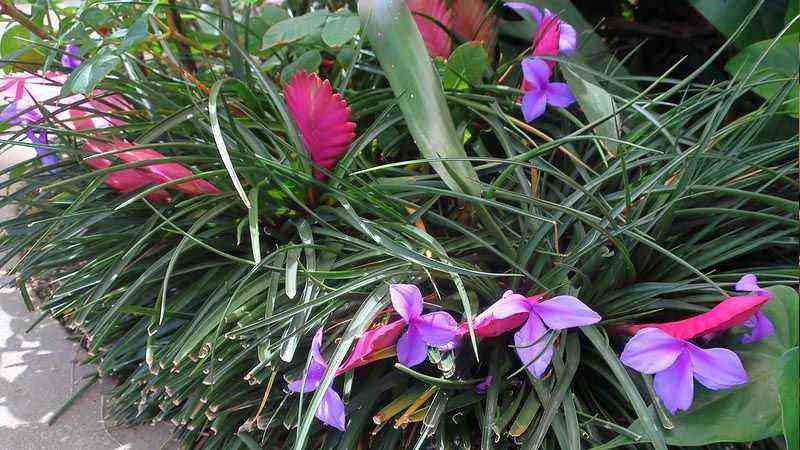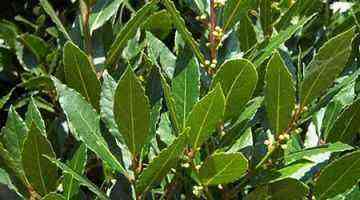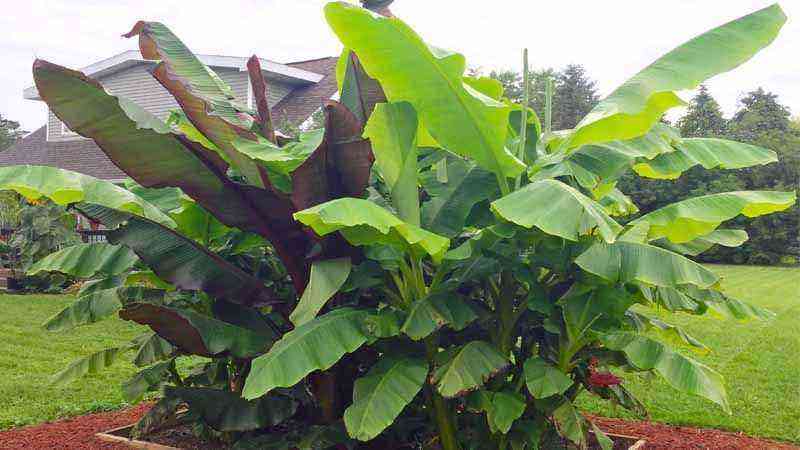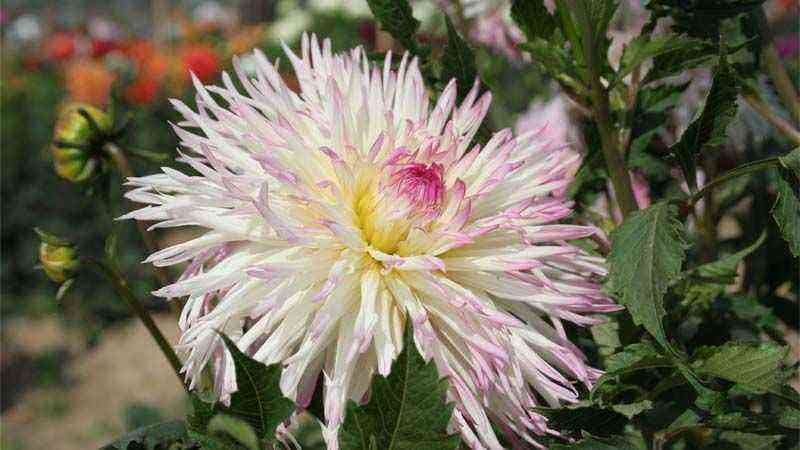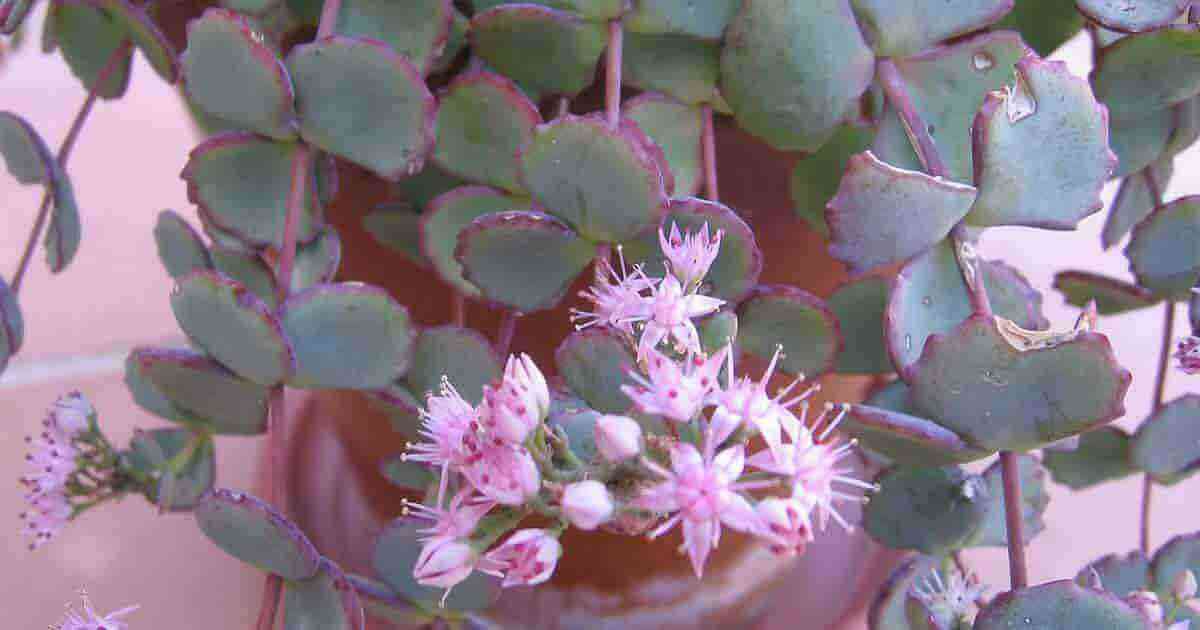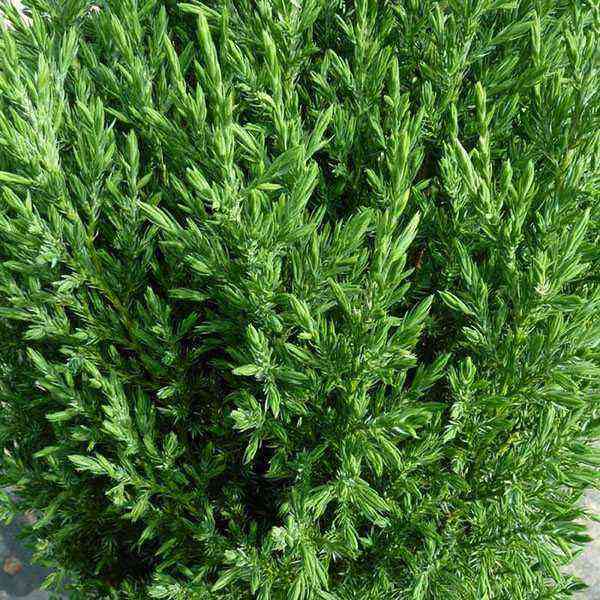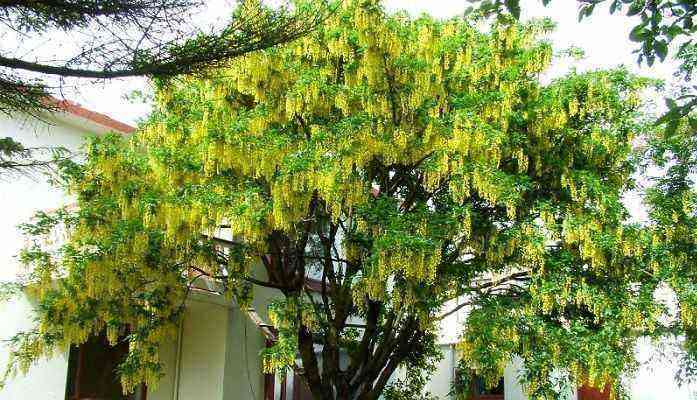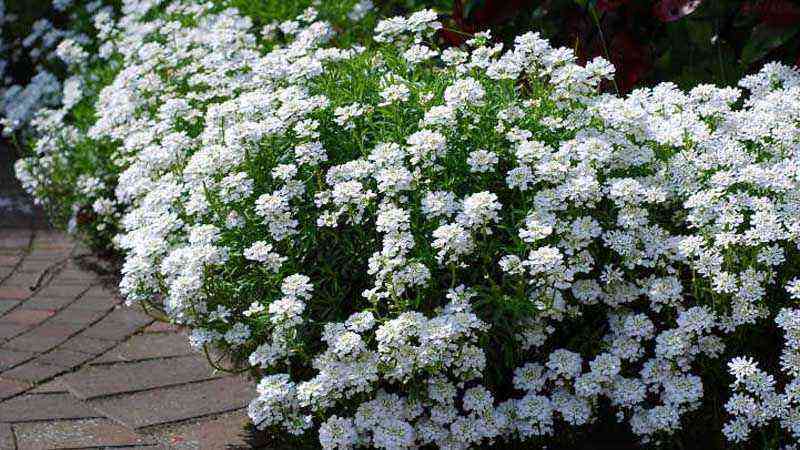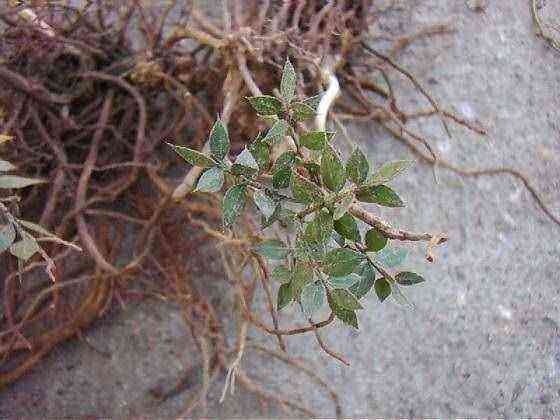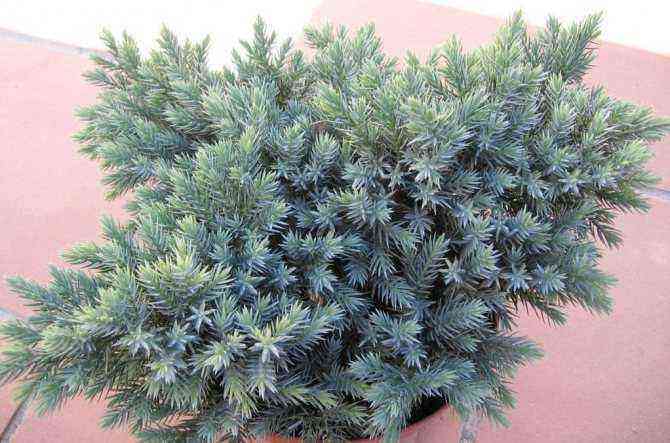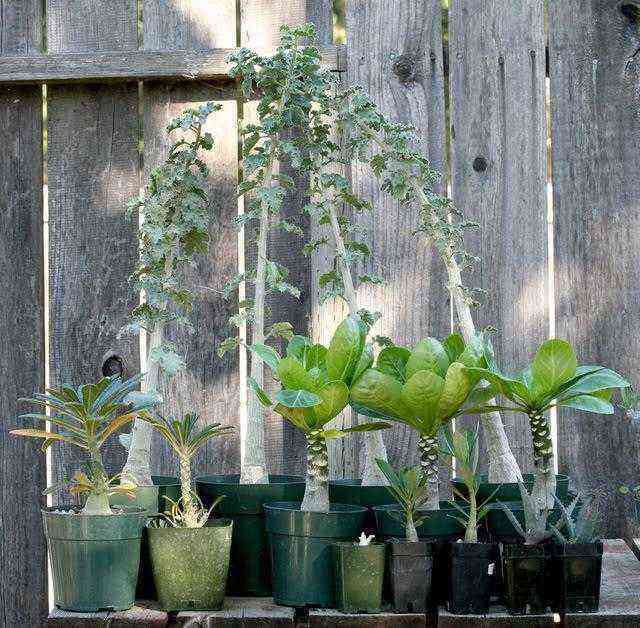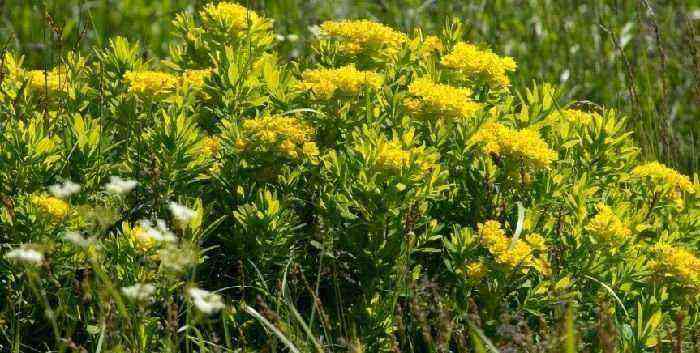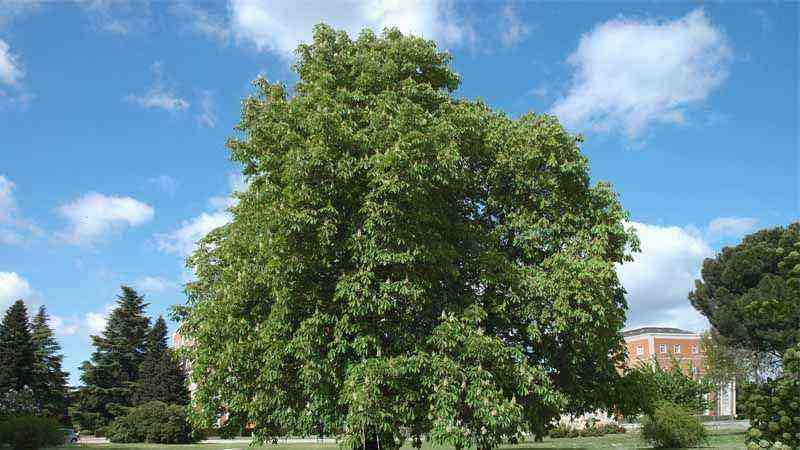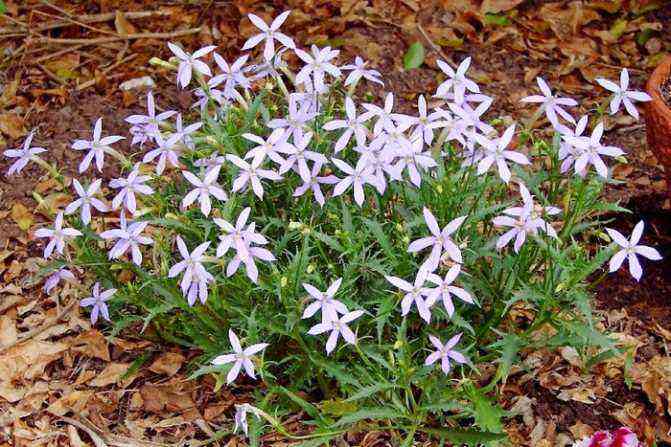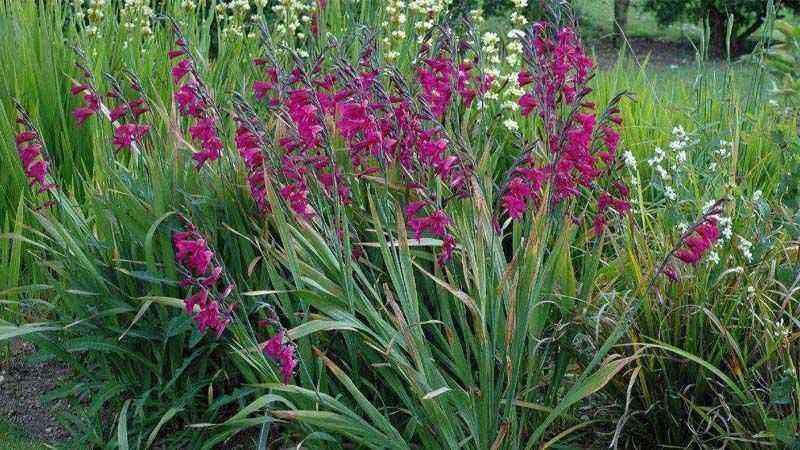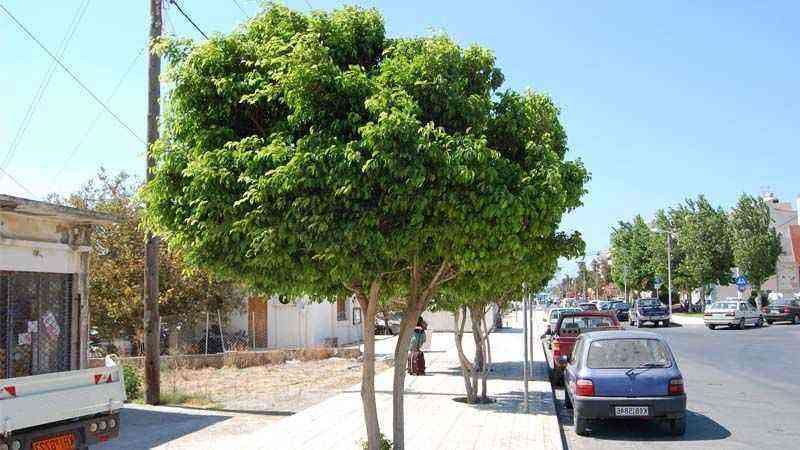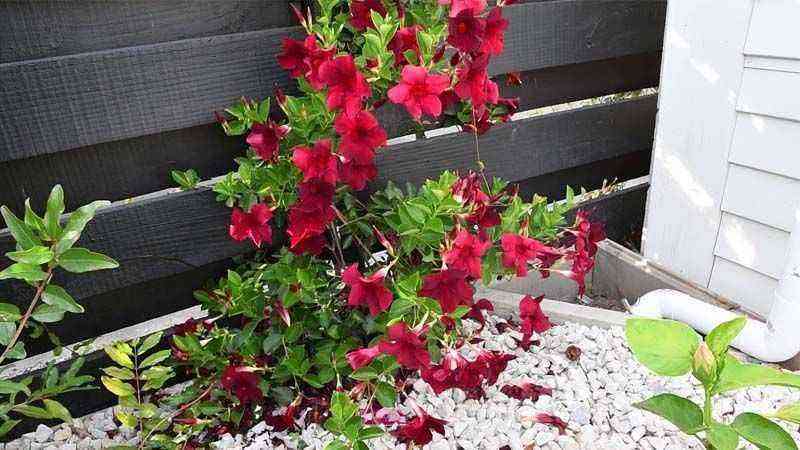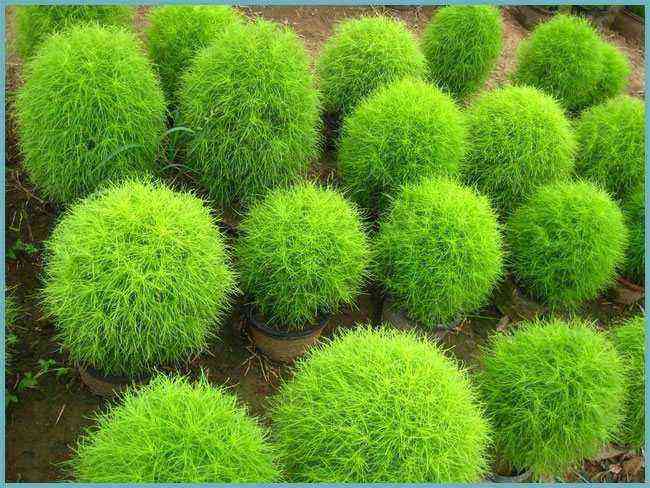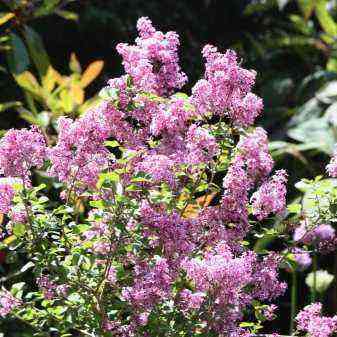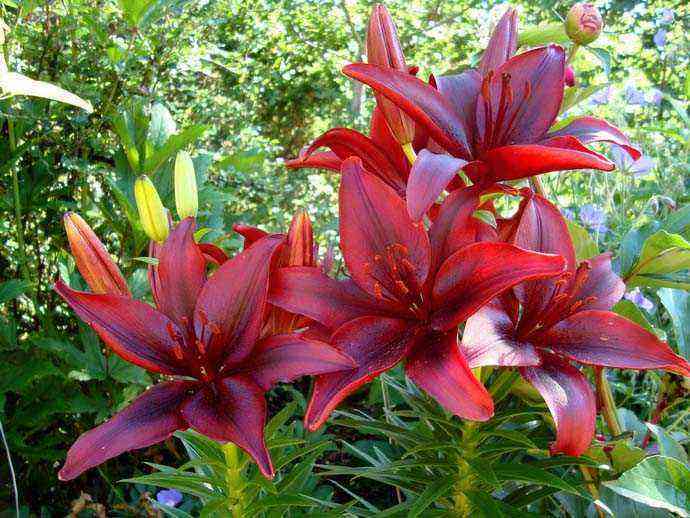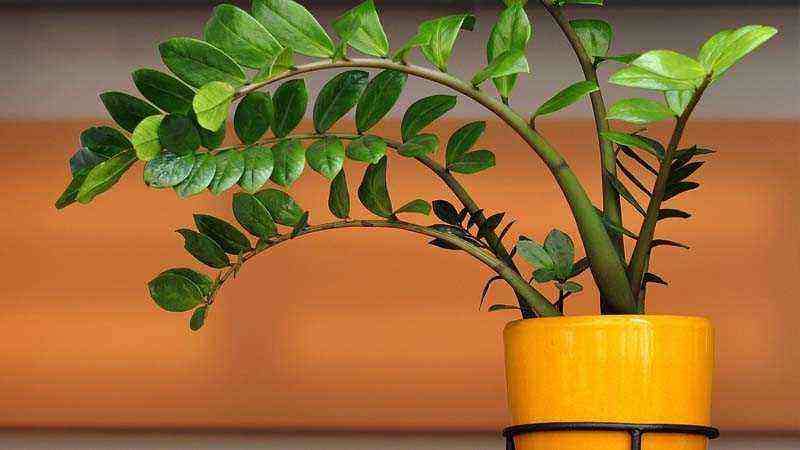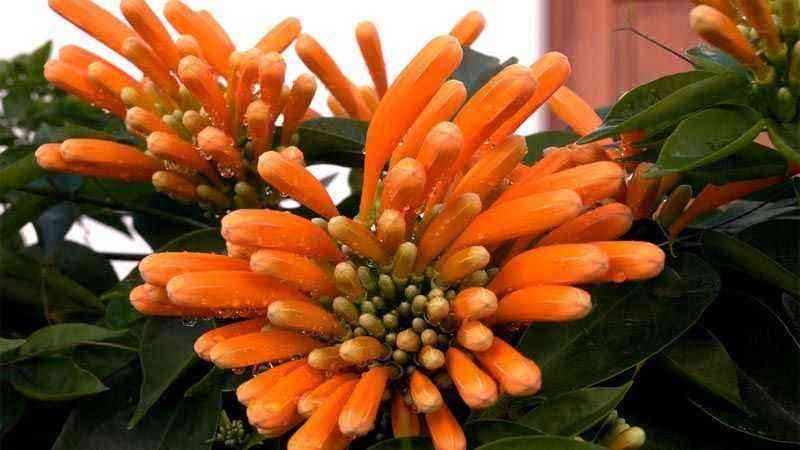Climbers there are many. But many. Very few are really known and the range of possibilities to cover a pergola, fence or wall is vast in colors, shapes, types of flower and climatic adaptations that vary from the hottest and driest to the most mountainous climates. Today we are talking about a perhaps little known but attractive. The celastro o Celastrus orbiculatus, by its scientific name.
If your climate is cold, mountainous and the possibilities of cultivation are reduced, here is an example of a vigorous climber resistant to the most severe winter inclemencies. East deciduous shrub coming from the cold areas of East Asia it has a double face depending on the season we are talking about.
During the spring and summer, it does not stand out especially for anything in particular. It can seem like just another climber, and it can even give the feeling of messy, and with flowers that have no special attraction. It will simply add green, shady foliage with no other apparent appeal.
Wait for the fall and winter …
Reading this last paragraph one wonders: why even bother trying to grow it? Well, while it is true that summer and spring are not seasons in which it has great ornamental potential, autumn and part of winter is truly spectacular.
Starting with its deciduous character that leaves this shrub with a typical golden yellow. In second place, its fruiting is the culmination of Celastrus orbiculatus. The small golden berry-shaped fruits unfold and uncover very attractive fiery red seeds. Words are superfluous with the following images.
It is very suitable and best known for Bonsai
Being from the easternmost part of Asia, the art of bonsai has left her in a good place. By having a very whimsical branching typical of climbers, it has gained many followers in this discipline who twist and tangle it into impossible shapes. In addition to the added value of its autumnal fruiting.
Climate and sun exposure
As well it has been commented at the beginning of the entry it is resistant and a lot. Withstands freezing -20 ° C in winter with the fruits in place without moving. Although it can withstand harsh winters, it does require a good sun exposure, so we have to provide good guidance.
La autumnal fruiting It is highly influenced by the hours of light received, so, being the most characteristic of the plant, it is convenient that it receives good sun baths. Anyway, it also develops with some semi-shadow.
It is convenient to protect it and be a little vigilant in the first and even second year of life. Harsh winters can be tolerated well once it has developed strongly.
Soil and fertilizer
In the secluded ground you need a soil rich in organic matter and with good moisture retention without getting waterlogged. Fulfilling these two requirements will not cause problems. The subscriber is totally unnecessary (if the previous thing is fulfilled) since it is a very very vigorous plant.
General care
Apart from the cultivation conditions mentioned, it is worth mentioning that pruning is necessary. It grows quite fast and if we do not want to find half a garden full of Celastrus orbiculatus good pruning is necessary. It supports them well and recovers easily. The best time to do this is in spring once the plant is adult (2-3 years).
The reproduction of the scepter is carried out by layering and root cuttings. Reproduction by seeds is not viable since they are sterile. The variety to choose must be the hermaphrodite, which is the one that produces the characteristic fruits. If it is in a nursery, it will be
